The great reno squeeze: Is flipping still worth it?
With labour shortages and material costs soaring, is value-adding through renovations still a viable play for investors?
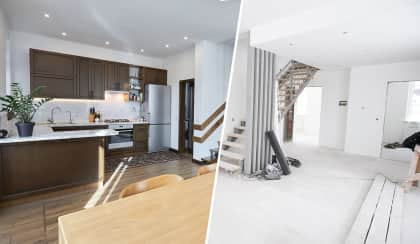
Back in the mid-2000s, flipping properties was one of the top strategies for investors wanting to capitalise on their assets, today, with the changing market, renovating requires a more strategic and cautious approach.
According to Tailored Property Group co-founder and managing director Michael Kowalczyk, with rising costs and labour shortages, the days of easy profits over reno are over, and success now relies on careful planning.
“Back in the day, you had access to relatively affordable credit, there were plenty of areas that had the fundamentals or strong capital growth, and the renovation costs with trades weren't as expensive,” Kowalczyk said.
“Now, factoring 2025, the reality is there’s a lot more regulation, labour shortages, and higher material costs, so it can quickly blow out if you don’t have the right fundamentals and the right approach to the whole reno and flipping scenario.
“Yet there are still opportunities today.”
Kowalczyk said that opportunities always exist for investors willing to find a good deal and invest some time in renovation.
“Why not create and manufacture the increase, and then leverage the growth created as a stepping stone or a springboard into subsequent properties?”
Key success factors
Before even starting a flip or renovation, Kowalczyk said investors should define their strategy and long-term goals.
In his specific case, Kowalczyk said that the renovations he and his wife, Nicole, had made over the years were not intended to sell the properties immediately, but rather to expand their portfolio.
“Once you factor in all the buying and selling costs, it starts to eat into the profit pretty quickly.
“Whereas for us it’s always made more sense to use the equity we created through renovations to keep growing the portfolio with long-term assets.
“At the end of the day, we’ve always played the long game in building equity, keeping cash flow healthy, and letting time do the heavy lifting.”
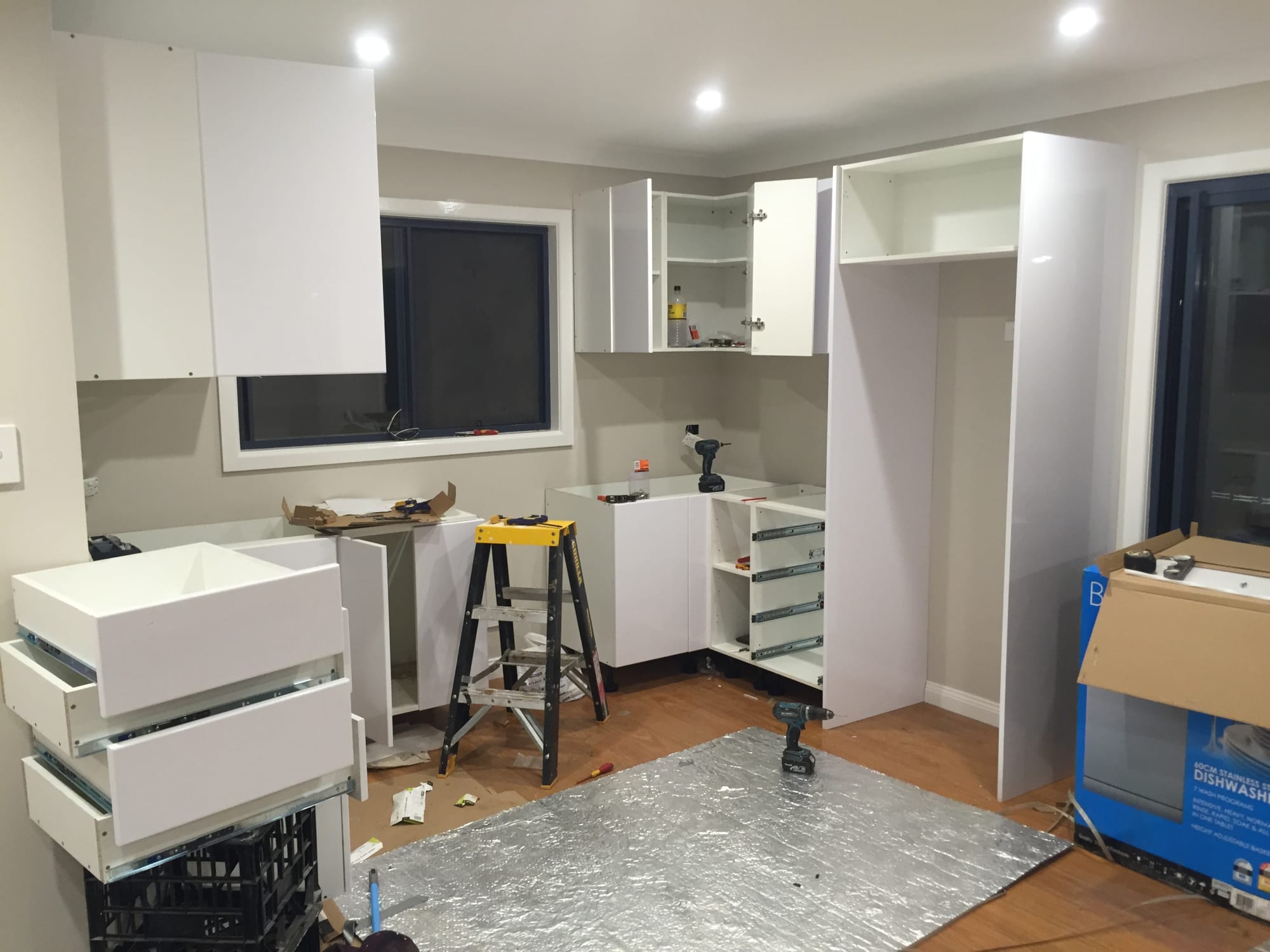
According to Kowalczyk, investors who wish to be successful at renovating properties should focus on understanding their finances and selecting the right type of asset.
He said that houses remained the preferred asset for flipping, as they provide more flexibility and no strata restrictions, while apartments can work in smaller, low-rise complexes.
Similar to any investment property, Kowalczyk said that location and demographics are key, urging landlords to renovate with their target demographic in mind, rather than their own preferences.
“That was a mistake I made when we purchased our first property; we renovated based on our emotions and how we perceived the property, which can be a problem if you intend to lease it straight off the completion.
“If you’re doing it to the tenancy, what you’ve got to realise is that tenants don’t treat the property in the same respect that you would with your own home because that’s just where you live.”
He said that, as renovation needs to be tailored to the demographics, investors shouldn’t overspend on high-end fixtures or finishes, but focus on the essentials that make the property look appealing without blowing the budget.
“If you’re renovating to flip or hold as an investment, aim to keep costs down and work within affordable limits.”
The 1:3 ratio
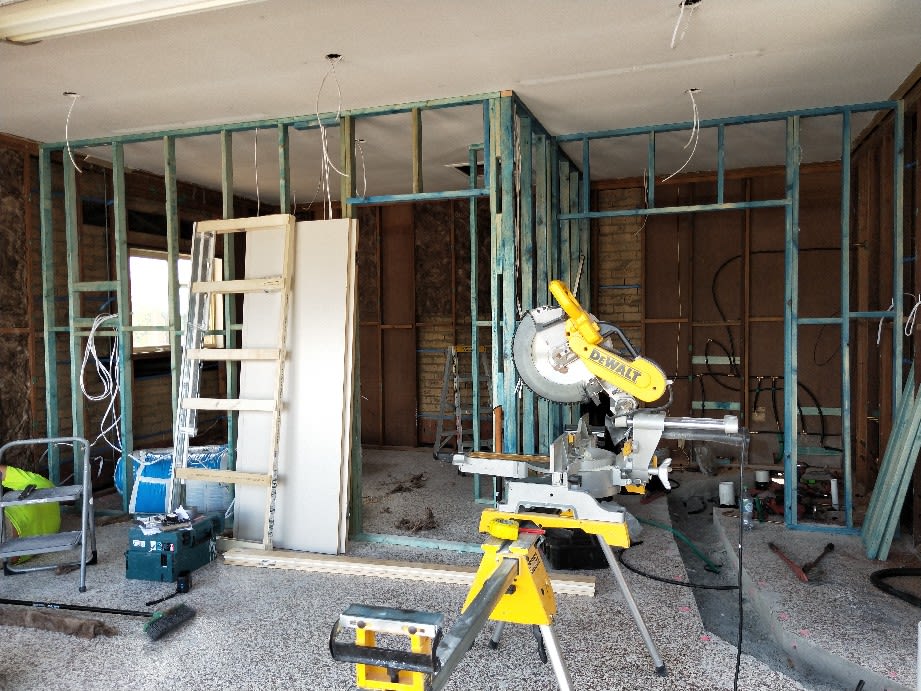
In addition to choosing the right asset in the correct location, Kowalczyk said that understanding budget and renovation costs was essential to success.
“Investors should have a clear budget of what they are comfortable spending, including having a 10 to 20 per cent buffer that allows blowout, especially if they are not very experienced, as issues arise easily.”
He said financial discipline has always been a key to a successful renovation, highlighting two golden rules to avoid overcapitalising: the “one-in-three” value-add ratio and keeping cosmetic upgrades under 10 per cent of the property’s purchase price.
According to Kowalczyk, the “one-in-three” value-add ratio rule represents the sweet spot where every dollar spent generates $3 in value.
“It all goes down to understanding the costs: by spending extra money on the renovation or more high-end fixtures, are you actually creating more value in the property?”
“In most instances, when people spend to that top end, that’s more of an emotional want rather than renovating to the demographic.
“So it’s just about what is going to be the best bang for your buck in terms of sticking within your budget.”
Cost-effective renovation
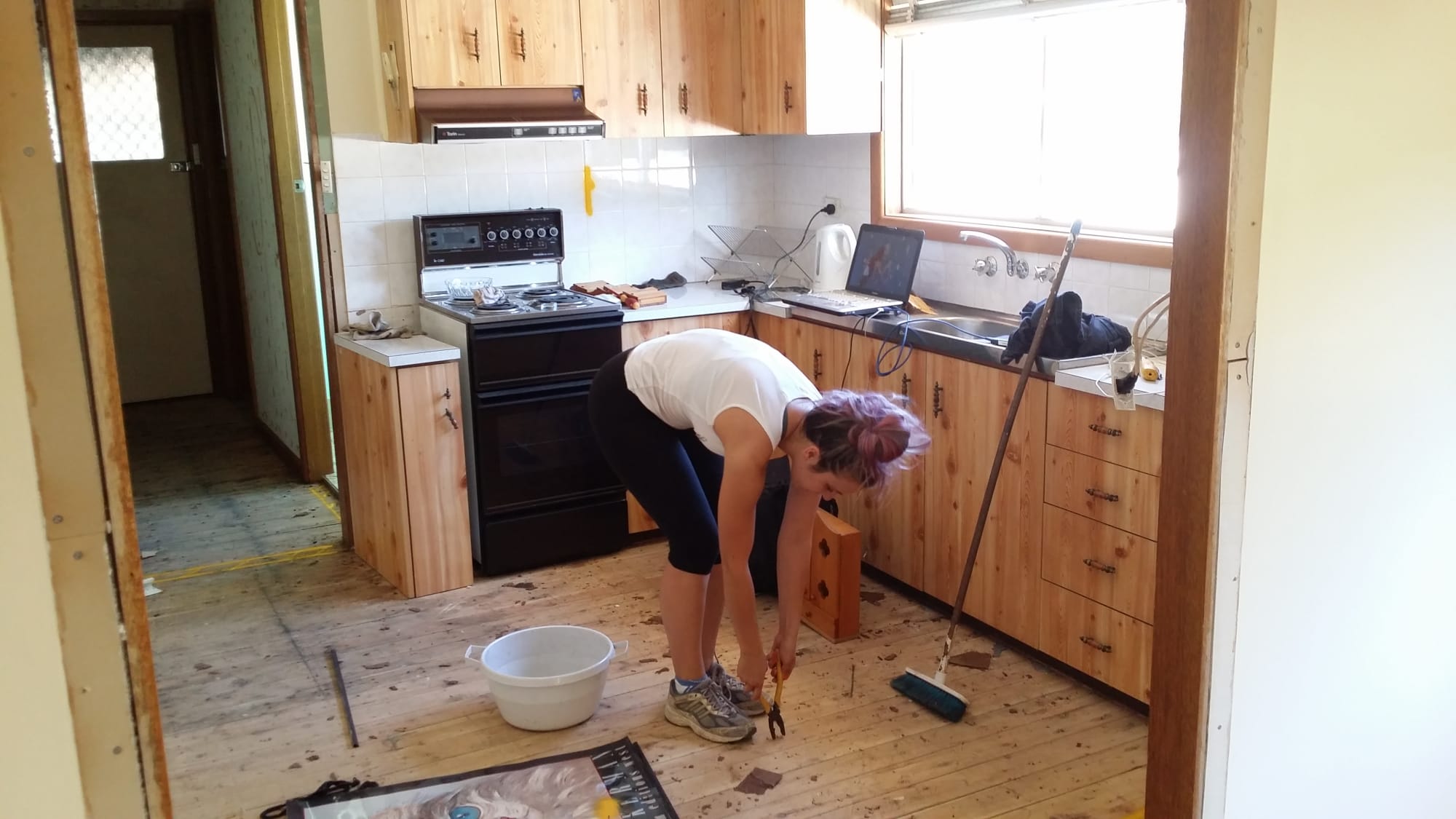
According to Kowalczyk, in addition to managing costs, focusing on high-impact areas like kitchens and bathrooms, and choosing simple improvements such as fresh paint and new carpets can also create significant value without breaking the budget.
For kitchens, he said that budget-friendly options range from $8,000 to $20,000, utilising DIY or flat-pack solutions, while premium custom kitchens can cost $50,000 to $80,000 or more.
However, Kowalczyk said that smart alternatives, such as replacing cabinet doors, handles, benchtops and appliances, can achieve a similar impact at a fraction of the cost.
Similarly, he suggested that bathroom upgrades should focus on wet areas rather than full floor-to-ceiling tiling by combining selective tiling with fresh paint to save money.
“Kitchens and bathrooms are usually one of the bigger ticket items that push the goalposts.
“Obviously, the cheaper you can do it, the greater likelihood that you’ll be able to get that ‘one-in-three’ ratio.”
He said that cosmetic renovations of $30,000–$50,000 can potentially add $150,000 or more in value, but success depends on buying below market value and making strategic, targeted improvements.
Additionally, Kowalczyk said that high-impact, low-cost renovations such as neutral paint, new flooring, and adding bedrooms via partition walls can create significant value, sometimes adding $80,000–$200,000.
Risk management
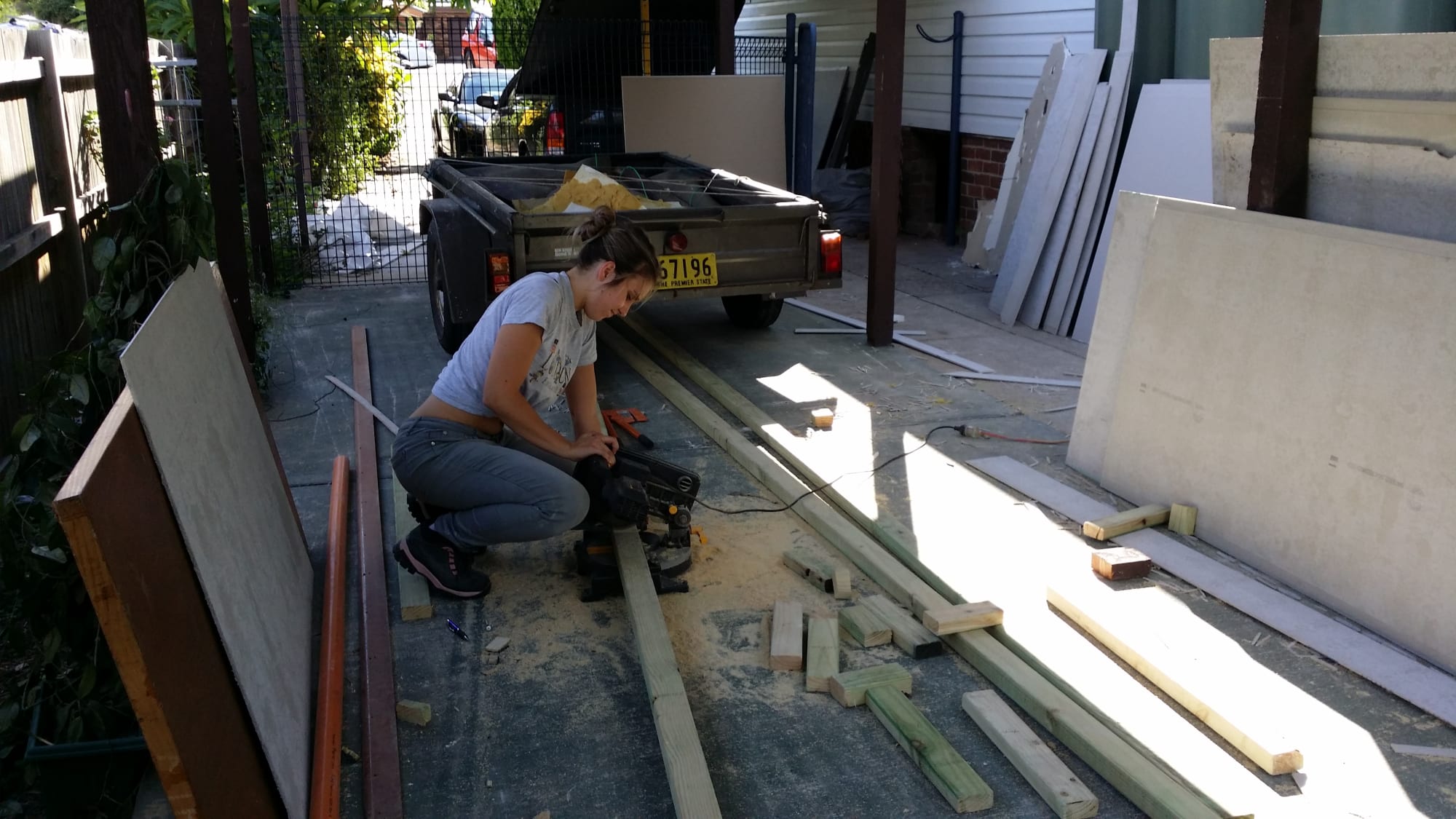
According to Kowalczyk, experience should dictate the level of direct involvement investors have in their renovations.
“If this is your first project and you‘re going to be doing a complete renovation of a property, it‘s going to be overwhelming and a very steep learning curve if you‘ve never done it before.
He advised beginners to consider hiring a project manager for their first major renovation to avoid overwhelming mistakes, while more seasoned individuals could take on the role themselves to save costs.
However, he encouraged every investor to learn more about renovation and project management to spend less and capitalise further.
“If the investor or the owner has the time, has the patience to be able to go out, get multiple quotes for the scope of work that they‘re intending and be able to facilitate and coordinate it all, then by all means, you can definitely do that and come out on top even more.”
Additionally, Kowalczyk said that effective risk and timeline management will be crucial for the successful completion of property renovations.
“Investors should double their initial time estimates for first projects and build in buffers for delays caused by weather, material shortages, or approvals.”
Cost buffers are equally important to cover unexpected expenses, holding costs and transaction fees, which can range from 5–8 per cent of the property’s value for selling, legal and marketing costs.
Kowalczyk said that while flipping is still viable in 2025, it requires much more careful planning, strict adherence to financial rules, and realistic expectations about costs and timelines.
He said that investors‘ success will depend on securing good deals upfront and executing strategic, cost-effective improvements.
“Investors need a solid grasp of the fundamentals and a clear strategy, because without a defined goal, it’s easy to lose focus on why they’re investing.
“It always comes down to running the numbers inversely, depending on the area I‘ve seen investors build up equity anywhere from $80,000–$200,000,” he concluded.

